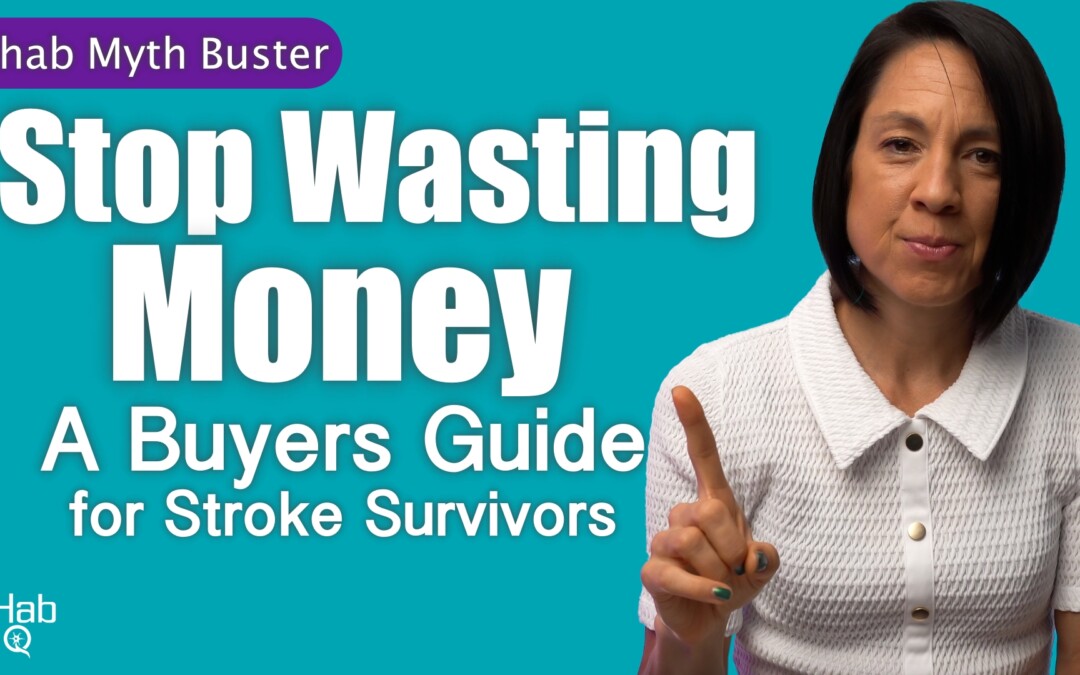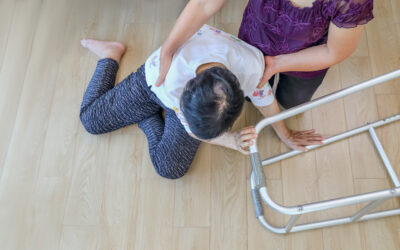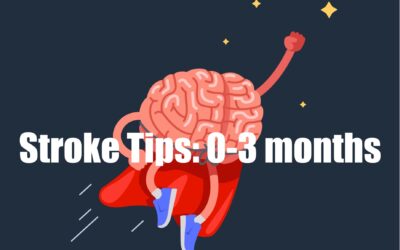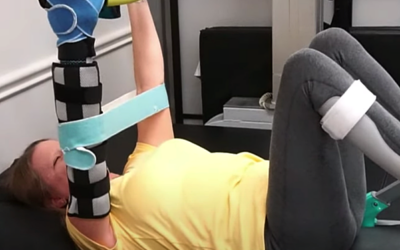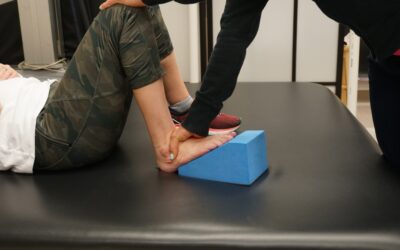Are Trendy Rehab Treatments and Devices Worth It? Here’s My Honest Take
Should you be spending your hard-earned money on all those rehab devices popping up in your social media feed?
And if so, which one is actually worth it?
The truth? There are way too many gadgets and “miracle” tools out there for me (or anyone) to test them all. But honestly, a tool is just a tool. No one device is magic. What really matters is how you use it and whether it fits into the foundation of your recovery.
So instead of reviewing every new thing out there, I want to give you a simple 4-point checklist you can use to decide if a device is actually worth your time and money.
✅ 1. It Should Never Replace Movement Retraining
If you remember one thing, make it this: the brain rewires through movement.
No injection, no red light, no fancy chamber can replace that. You’ve got to do the reps.
Even if tomorrow someone invented an instant “brain repair” injection, you’d still need to retrain those neurons, kind of like rebooting an old computer and reinstalling the software. So if a device means less time for physical therapy, skip it.
✅ 2. The Risk Should Be Basically Zero
Be cautious with any intervention that changes your physiology, like oxygen chambers or stem cell injections.
Right now, there just aren’t a lot of large, high-quality studies in stroke rehab. So my rule of thumb is: if there’s no risk, and you have extra time, fine, try it. But if there’s any chance of harm, it’s not worth it.
And be careful where the study comes from. If the research was paid for or run by the company that makes the device, that’s a red flag.
✅ 3. It Shouldn’t Strain Your Finances
Here’s the deal, if you have to check your budget before buying a device, it’s not worth it. Recovery is already stressful. Don’t add financial pressure on top.
If you have the extra money and it checks the first two boxes, fine. But if buying a device means reworking your budget or stressing over bills, I’d say save your money.
There’s simply not enough evidence that any device alone can deliver major results.
✅ 4. Look for Independent Research
If a product claims to be “the best” or “a breakthrough,” but the only proof is glowing reviews from people selling it… pause. Real progress takes consistency, not shortcuts.
That doesn’t mean the product doesn’t work for anyone. Some people do see benefits. But if there’s no independent research, and all you’re seeing are testimonials, be careful.
If you decide to try something new, make sure you’re still doing your daily movement practice and tracking real progress. And if you stop improving, it might be time to move on.
The Four Pillars Before You Buy Anything
Before you even think about investing in gadgets, these four pillars have to be dialed in:
- Nutrition – Your brain needs clean fuel. If you’re eating ultra-processed foods, your body spends all its energy dealing with the junk instead of supporting brain repair.
- Movement – Get your heart rate up. More blood flow means more oxygen to the brain which means more efficient rewiring.
- Sleep – 7–9 hours of good, quality sleep lets your brain “clean house.”
- Mindset – Probably the hardest one, but it’s huge. You’ve got to accept where you are, focus on what you can do, and keep looking forward. The most successful patients I’ve seen are the ones who stay hopeful, even on tough days.
If those aren’t in place, no device in the world will make up for it.
Final Thoughts
I know how tempting it can be to hope for the one device that changes everything, but I promise you, the real magic is in consistency and repetition.
If you’re doing your therapy, taking care of your sleep, your body, and your mindset, that’s where the biggest changes happen.
And if you ever feel stuck or overwhelmed with what to focus on between therapy sessions, feel free to explore our Rehab HQ Membership Plans, to give you structure, community, and access to me and my team each month. You’ll get the same home exercises I give my in-person patients, along with Q&A sessions and monthly webinars to keep you moving forward.
👉 To learn more you can schedule a discovery call.
Keep showing up, keep doing the work, and remember, you don’t need fancy tools to make real progress.
Articles you may be interested in
Fix your fear of falling
Balance (also known as postural stability) is dramatically impacted when there is damage to the neurologic system and can increase the fear of falling. It is the one ability most of us (adult humans) take for granted……..until it is gone. Lack of postural stability...
Stroke: Critical Tips (0-3 months)
Stroke survivors often suffer from a myriad of complications after their stroke. In an effort to help you get the most out of your rehab (and reach your maximum potential) there are some critical tips and/or “foundational” points of emphasis. Things you didn't...
Parkinson’s Disease: Managing Depression
Depression is common problem associated with Parkinson's disease (PD) and can affect all aspects of your life. In fact, it is estimated that approx. 40-50% of those diagnosed with PD experience depression. Depression is a serious mental illness that causes severe...
Multiple Sclerosis: How much exercise is enough?
It seems almost every other week there is some new study on the benefits of exercise and how it can help prevent conditions like diabetes, heart disease, and depression. But what about multiple sclerosis? The national MS society reports that 1 million people are...
Equipment for Stroke Arm Exercises
Products For a Spastic Arm Having the right tools for stroke arm rehabilitation is critical. Especially for those who have spasticity. Spasticity is an involuntary muscle contraction caused by damage to the brain and/or spinal cord. In the arm it can cause...
Foam Wedges: For positioning and more
Positioning/Stretching Foam Wedge This wedge is made of dense foam with a rubber base to keep it from sliding. Uses: It can be used to position the pelvis. It can be placed under the thigh in sitting to stop the leg from rotating outward. It can be used for bridging...
Clonus: Causes and Treatment
Clonus is an involuntary, rhythmic muscle contraction followed by a relaxation. It is a sign that there is damage to the brain and/or the spinal cord (upper motor neuron). More specifically, the part of the nervous system that controls movement (descending motor...
Rolling with the punches after a Stroke
Why do some people seem to “thrive” in the midst of life’s challenges? You know the type. Or maybe you don’t. To understand what I mean, you need to be a “people analyzer”. You see, I AM a “people analyzer”. I love to know what makes people tick. Especially when it...
Abnormal Muscle Synergies after a Stroke or Brain Injury
Abnormal muscle synergies are one of the most common "movement problems" after a stroke or brain injury. What is an abnormal muscle synergy? A flexor synergy is when the hip, knee, and ankle all flex at the same time (visualize drawing your knee into your chest). An...
Neuro Rehab is 90% mental, 10% physical
What should you expect to achieve in neurologic rehabilitation? My answer might confuse you, frustrate you, and hopefully challenge you to think differently. The most critical component of a successful outcome (in neurologic rehabilitation) is NOT based on the extent...

